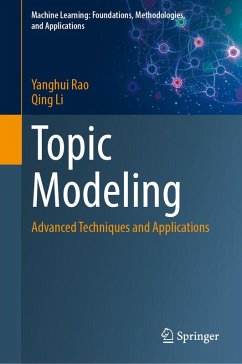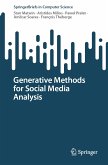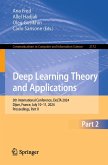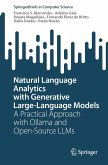This book presents several approaches designed to address these two limitations. Initially, traditional lifelong topic models aim to accumulate knowledge learned from experience for future task. However, the sequence of topics extracted by these methods may shift over time, leading to semantic misalignment between the topic representations across document streams. Such misalignment can degrade the performances of various downstream tasks, including online document classification and dynamic information retrieval at the topic level. Additionally, the challenge of coherent topic modeling is particularly relevant due to the noise and large scale of social media datasets. Messages on social media platforms often consists of only a few words, resulting in a lack of significant context. Models applied directly to this type of text frequently encounter the problem of feature sparsity, which can yield unsatisfactory outcomes.
In the context of emotion detection, public emotions are known to fluctuate across different topics, and topics can evoke public emotion. Thus, there is a strong interconnection between topic discovery and emotion detection. Jointly modeling topics and emotions is a suitable strategy for these tasks. This book also examines the impact of topics on emotion detection and other related areas.
Dieser Download kann aus rechtlichen Gründen nur mit Rechnungsadresse in A, B, BG, CY, CZ, D, DK, EW, E, FIN, F, GR, HR, H, IRL, I, LT, L, LR, M, NL, PL, P, R, S, SLO, SK ausgeliefert werden.









